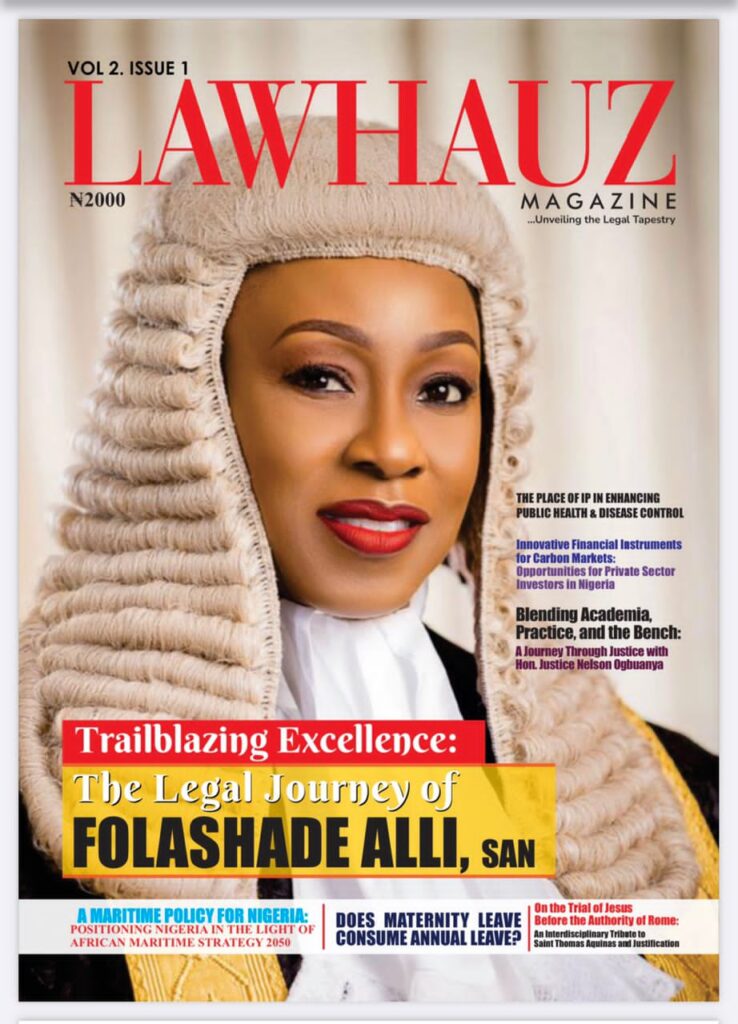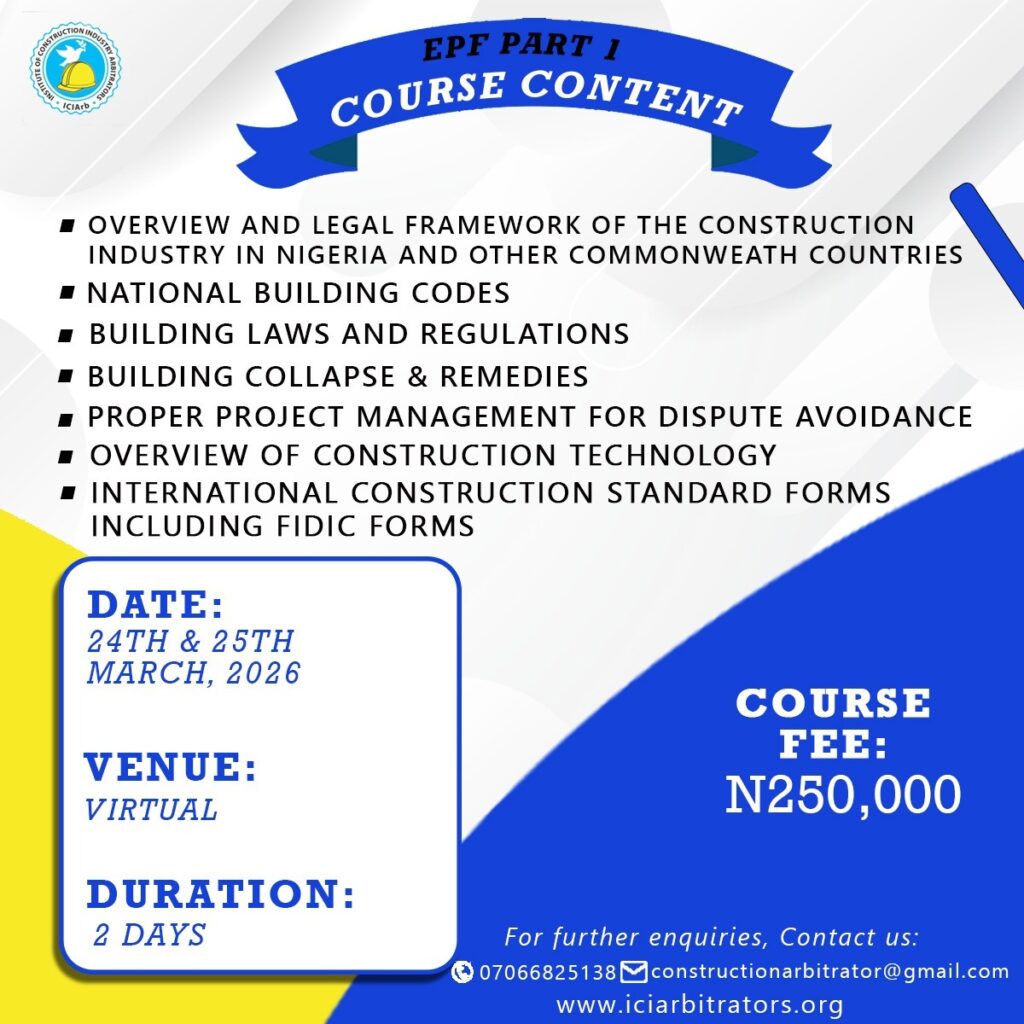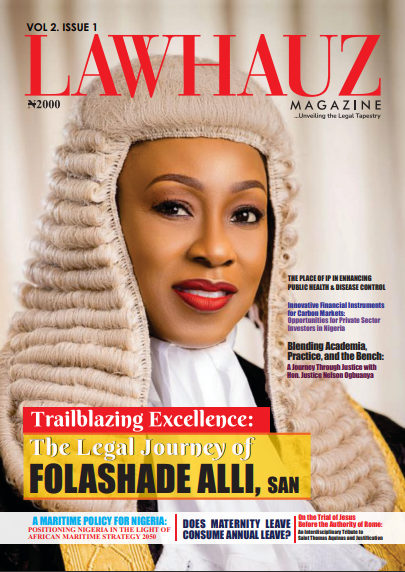Review your content’s performance and reach.
Become your target audience’s go-to resource for today’s hottest topics.
Understand your clients’ strategies and the most pressing issues they are facing.
Keep a step ahead of your key competitors and benchmark against them.
add to folder:
Questions? Please contact [email protected]
The principal patent law in Nigeria and other related matters in Nigeria is the Patent and Designs Act 1971 Cap 344 Laws of the Federation of Nigeria (LFN) 1990, while the Trademarks, Patents and Designs Registry, Commercial Law Department of the Federal Ministry of Industry, Trade and Investment, is the principal regulatory body that enforces the provisions of the Patent and Designs Act.
Some key salient provisions of the Patents and Designs Act 1971 are discussed in this article.
Section 1(1) of the Act provides the conditions that must be met before an invention can be patentable in Nigeria. It states that an invention is patentable;
Further to the above provision of the Act, an invention is said to be new if it results from an inventive activity and if it does not obviously follow from the state of the art, either as to the method; the application; the combination of methods; or the product which it concerns; or as to the industrial result it produces. Also, an invention considered capable of industrial application if it can be manufactured or used in any kind of industry, including agriculture in Nigeria as provided by Section 1(2) of the Act.
The art as defined by Section 1(3) of the Act, means the art or field of knowledge to which an invention relates, and the state of the art means everything concerning that art or field of knowledge which has been made available to the public anywhere.
The Act under Section 1(4) provides for restrictions on areas where patents for an inventions cannot be validly obtained. Such areas include:
(a) Plant or animal varieties, or essentially biological processes for the production of plants or animals (other than microbiological processes and their products); or
(b) Inventions the publication or exploitation of which would be contrary to public order or morality (it being understood for the purposes of this paragraph that the exploitation of an invention is not contrary to public order or morality merely because its exploitation is prohibited by law).
Section 3 of the Act sets out the formal requirements and procedure for a patent application by an inventor, at the Trademarks and Patents and Design Registry. It provides that every patent application;
(a) shall be made to the registrar and shall contain;
(i) the applicant's full name and address and, if that address is outside Nigeria, an address for service in Nigeria;
(ii) a description of the relevant invention with any appropriate plans and drawings;
(iii) a claim or claims; and
(iv) such other matter as may be prescribed; and
(b) shall be accompanied by-
(i) the prescribed fees;
(ii) where appropriate, a declaration signed by the true inventor requesting that he be mentioned as such in the patent and giving his name and address; and
(iii) if the application is made by an agent, a signed power of attorney (so however that, notwithstanding any rule of law, legalisation or certification of the signature of the power of attorney shall be unnecessary.
The application for patent shall relate to only one invention at a time but may include in connection with that invention claims or protection for any number of products; any number of manufacturing processes for the resulting processes of the products; any number of applications of those products and for the means of working those processes, as provided in Section 3(3) of the Act.
Section 4 of the Act further states that the Registrar will examine the patent application as to its conformity with the provisions of the Act and if the application meets the requirements, the patent shall be granted as applied for without further examination and, in particular, without examination of the questions as to;
(a) whether the subject of the application is patentable under section I of this Act;
(b) whether the description and claims satisfy the requirements of if the description of the invention discloses the relevant invention in a manner sufficiently clear and complete for the invention to be put into effect by a person skilled in the art or field of knowledge to which the invention relates
(c) whether a prior application, or an application benefiting from a foreign priority, has been made in Nigeria in respect of the same invention, and whether a patent has been granted as a result of such an application.
Section 5 of the Act provides that a patent shall be granted by issue to the patentee of a document containing-
(a) the number of the patent in the order of grant;
(b) the name and address of the patentee and, if that address is outside Nigeria, an address for service in Nigeria;
(c) the dates of the patent application and the grant;
(d) if foreign priority is claimed—
(i) an indication of the fact; and
(ii) the number and date of the application on which the claim is based and the name of the country where it was made;
(e) the description of the invention (with any relevant plans and drawings) and the claims;
(f) where appropriate, the name and address of the true inventor.
Section 3(4) of the Patents and Designs Act provides that in regards to a patent application, an applicant who seeks to avail himself of a foreign patent priority in respect to an earlier application made in a country outside Nigeria is required to append his signature to his application in a written declaration and provide the details below;
Furthermore, the applicant is also required to furnish to the Register of the Trademark, Patent and Designs Registry a copy of the earlier application, which has been certified correct by the appropriate Industrial Property Office (or its equivalent) of the foreign convention country where the earlier application was made, not more than three (3) months after filing the application.
In the event of issuing a grant of a patent license, where a foreign priority is claimed, the patent license will contain the indication of the fact that there exists a foreign application and the number and date of the application on which the claim is based and the name of the country where it was made, as provided by Section 5(1) of the Act.
Section 6(1) of the Act provides that the grant of a patent confers on the patentee the right to preclude all other persons from doing the following acts;
(a) where the patent has been granted in respect of a product, the act of making, importing, selling or using the product, or stocking it for the purpose of sale or use; and
(b) where the patent has been granted in respect of a process, the act of applying the process or doing, in respect of a product obtained directly by means of the process, any other acts mentioned in paragraph (a) of this subsection.
Furthermore, the rights conferred by a patent extends only to acts done for industrial or commercial purposes; and it does not extend to acts done in respect of a product covered by the patent after the product has been lawfully sold in Nigeria, except where the patent makes provision for a special application of the product, in which case the special application shall continue to be reserved to the patentee notwithstanding the provisions of the Act.
The scope of the protection conferred on the patent is determined by the terms of the claims and the description of the invention. However, patent infringement as provided by Section 25 of the Act arises if another person without the authorization of the patentee does or causes the doing of any act which that other person is precluded from doing as provided under Section 6 of the Act.
Section 25(2) goes further to state that “an infringement of the rights of a patentee or design shall be actionable at the suit of the patentee or design owner in question; and in any action for such an infringement all such relief by way of damages, injunction accounts or otherwise shall be available to the plaintiff as is available in any corresponding proceedings in respect of the infringement of other proprietary rights”.
The Patent and Design Act makes provisions under Section 7 for the duration of a patent once it is successfully applied for by an inventor. Thus, a patent for a limited period of 20 years from the date of the filing of the application and the patent granted shall lapse if the prescribed annual fees are not duly paid in respect of it, provided that a grace period of six months shall be allowed for the payment of the fees. The expiration or lapse of a patent shall also be registered and notified accordingly.
Conclusion
A patent is granted for the economical beneficial purpose of encouraging technological development and as earlier stated above, a patent is an authority or grant that confers on an inventor the monopoly right for a set period of time, to exclude others from making, using, or selling a patented invention without consent.
add to folder:
If you would like to learn how Lexology can drive your content marketing strategy forward, please email [email protected].
“The Lexology newsfeed is very relevant to my practice and I like that you can tailor the newsfeed to include specific practice areas. I enjoy seeing a variety of approaches and I will read multiple articles on the same topic for the purpose of getting the fullest understanding of a new law, a court case or other legal development.”
© Copyright 2006 – 2022 Law Business Research



